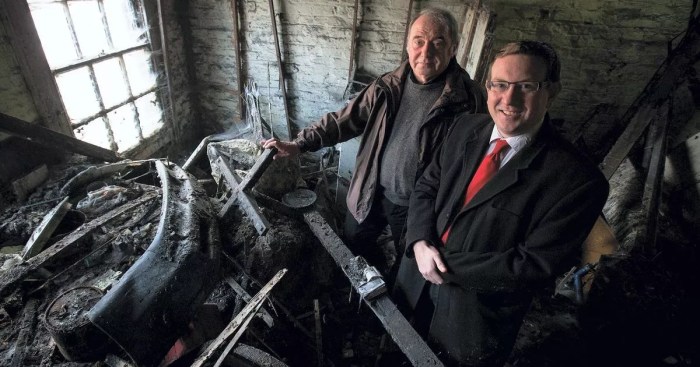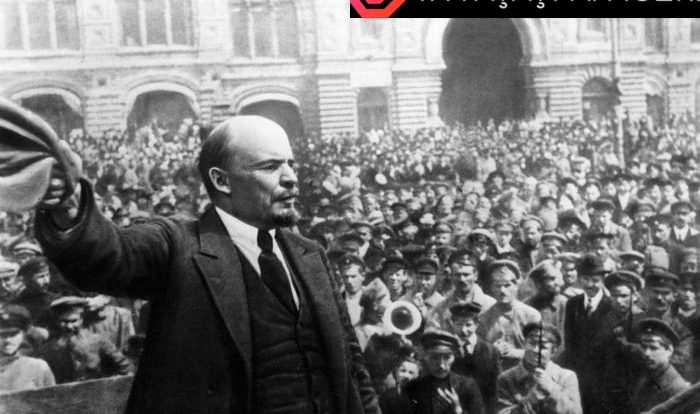Stalin a brutal legacy uncovered – Stalin: A Brutal Legacy Uncovered delves into the reign of terror orchestrated by Joseph Stalin, exposing the methods he employed to establish and maintain his absolute power in the Soviet Union. This comprehensive analysis examines the devastating impact of his purges, show trials, and other forms of repression on Soviet society.
The exploration continues with an in-depth examination of the Gulag labor camp system, shedding light on the appalling conditions endured by its prisoners and the role it played in Stalin’s economic and political policies. The Holodomor, a man-made famine that ravaged Ukraine, is also meticulously examined, revealing its causes, extent, and the international response to this tragic event.
Stalin’s Reign of Terror

Stalin’s reign of terror was a period of widespread political repression and persecution in the Soviet Union under the leadership of Joseph Stalin. Stalin used various methods to establish and maintain his power, including:
- The Great Purge: A series of political campaigns that resulted in the arrest, imprisonment, and execution of millions of people.
- Show trials: Public trials in which political opponents were falsely accused of crimes and sentenced to death.
- Secret police: The NKVD (later renamed the KGB) was used to suppress dissent and terrorize the population.
The impact of Stalin’s terror on Soviet society was devastating. Millions of people were killed, imprisoned, or sent to labor camps. Fear and paranoia permeated society, as people lived in constant fear of being denounced and arrested.
The Gulag System
The Gulag was a vast network of forced labor camps in the Soviet Union. Conditions in the Gulag were harsh, with prisoners subjected to starvation, torture, and disease. Millions of people died in the Gulag, and many more were permanently disabled.
The Gulag played a central role in Stalin’s economic and political policies. Prisoners were used as forced labor to build canals, roads, and other infrastructure projects. The Gulag also served as a way to eliminate political opponents and suppress dissent.
The Holodomor

The Holodomor was a man-made famine that occurred in Ukraine in the early 1930s. The famine was caused by Stalin’s policies of collectivization and grain requisitioning. Millions of Ukrainians starved to death, and the famine had a devastating impact on Ukrainian society.
The international response to the Holodomor was muted. Many Western governments were reluctant to criticize Stalin, and some even denied that the famine was happening.
Stalin’s Legacy
Stalin’s legacy is complex and controversial. Some argue that he was a great leader who industrialized the Soviet Union and defeated Nazi Germany. Others argue that he was a brutal dictator who killed millions of people.
| Accomplishments | Crimes |
|---|---|
| Industrialized the Soviet Union | Killed millions of people |
| Defeated Nazi Germany | Imprisoned millions in Gulags |
| Established the Soviet Union as a major world power | Caused the Holodomor famine |
The debate over Stalin’s legacy is likely to continue for many years to come.
Clarifying Questions: Stalin A Brutal Legacy Uncovered
What were the methods Stalin used to maintain his power?
Stalin employed a combination of terror and propaganda to maintain his absolute power. He eliminated potential rivals through purges and show trials, instilling fear and paranoia within the population.
What was the Gulag labor camp system?
The Gulag was a vast network of forced labor camps where millions of Soviet citizens were imprisoned and subjected to inhumane conditions. It played a crucial role in Stalin’s economic policies, providing a source of cheap labor for industrial projects.
What caused the Holodomor?
The Holodomor was a man-made famine engineered by Stalin’s regime in Ukraine. It was caused by a combination of factors, including forced collectivization, grain requisitioning, and the suppression of dissent.
